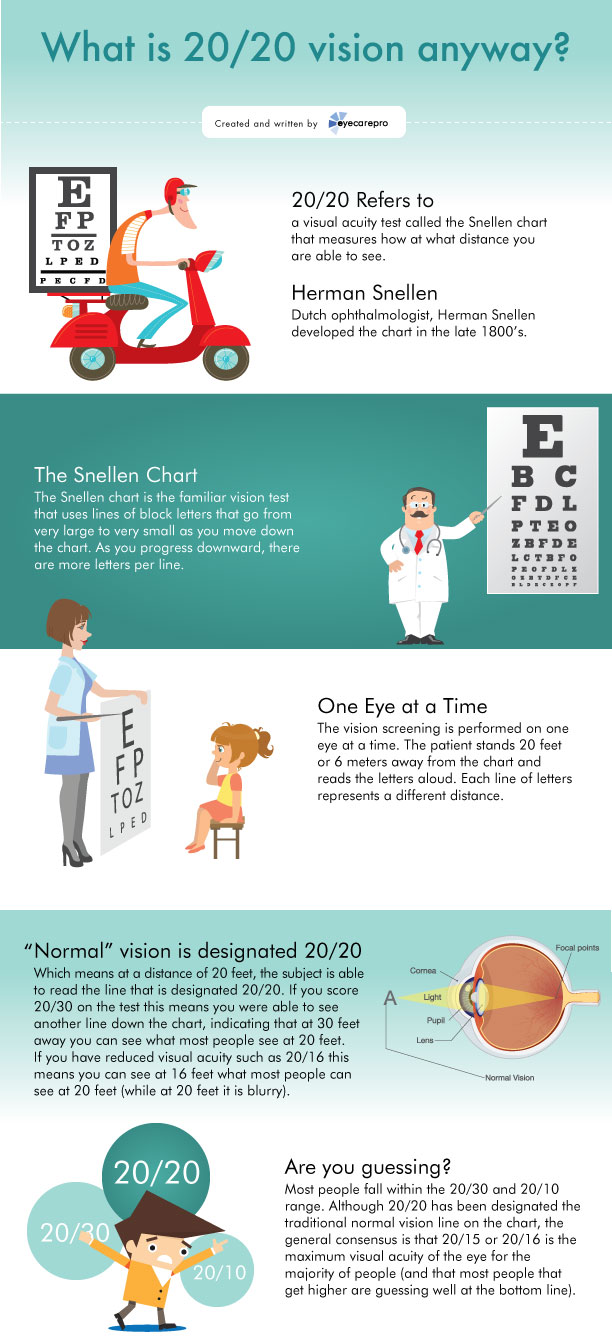Article Developed By-Kelleher Xu
As a moms and dad, you play a crucial role in your youngster's wellness, especially when it involves their vision. Children’s Ophthalmology Care may discover particular behaviors that can indicate a requirement for an eye exam. Squinting, constant eye rubbing, or complaints of migraines can be more than just minor nuisances. Understanding these signs is necessary for your youngster's development. So, what should you search for following? Let's check out the typical signs and symptoms that could indicate a vision problem.
Common Symptoms of Vision Issues in Children
When you discover your child dealing with everyday activities, it could be a sign of vision issues.
Look for Visual Processing Disorders Treatment like squinting, scrubing their eyes often, or turning their head to see better. If they've difficulty reading or seem to shed their place usually, that's an additional indication.
You may likewise see them grumbling regarding migraines or experiencing eye stress after prolonged periods of reading or utilizing screens.
Furthermore, if your youngster prevents tasks that need excellent vision, like sports or drawing, it's worth taking note of.
Look for any type of uncommon actions, as these indications can point to underlying vision concerns that need expert evaluation.
Early discovery can make a big difference in their visual advancement.
Age-Specific Vision Milestones to Display
Every moms and dad needs to watch on their youngster's vision growth as they grow.
At around 6 months, your child should begin tracking relocating objects. By age 1, they ought to be able to concentrate on and acknowledge acquainted faces.
Between 2 and 3 years, search for enhancements in hand-eye sychronisation, like stacking blocks or throwing a sphere.
By age 4, children should have the ability to determine forms and colors, and they might begin to acknowledge letters.
If your youngster battles with these milestones, it's essential to remember. Monitoring their progress helps you capture potential concerns early, guaranteeing they get the vision treatment they need for an intense future.
Remain positive concerning their vision health and wellness!
When to Set Up an Eye Exam for Your Child
Checking your youngster's vision advancement is important, but recognizing when to set up an eye test is just as vital. The American Academy of Ophthalmology advises your youngster have their first eye examination at six months old.
After that, routine follow-ups at age three and once again before they start institution. If your kid reveals indicators of vision issues-- like squinting, problem reading, or frustrations-- don't wait on the following scheduled appointment.
In addition, if there's a family history of eye troubles, proactive examinations are crucial. Keep an eye on any kind of modifications in their vision or habits, and trust your instincts.
Routine examinations can help catch possible concerns early, ensuring your kid has the very best possibility for healthy and balanced vision.
Final thought
In conclusion, remaining alert to your child's visual behaviors is important for their eye wellness. If you observe any type of indicators like squinting, eye massaging, or problem with reading, do not wait to arrange an eye test. Keep in mind, very early detection can make a substantial difference in their visual growth. Trust fund your instincts as a moms and dad, and ensure your youngster gets the treatment they require to thrive. Regular exams can help maintain their eyes healthy for many years to come.

